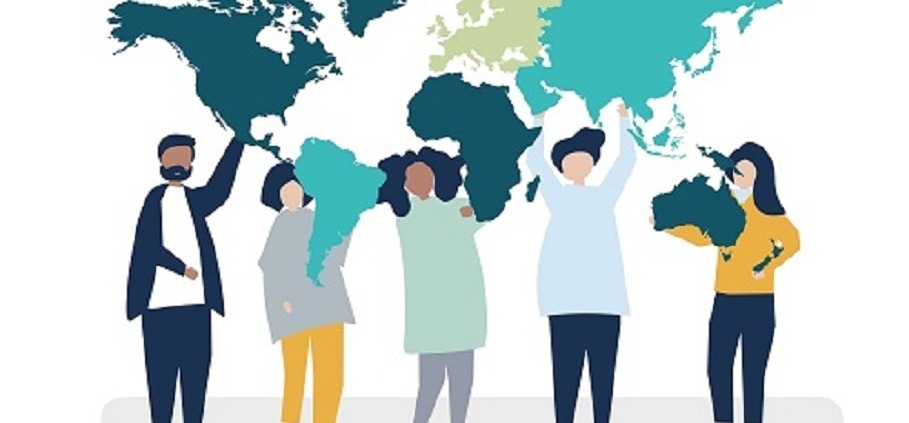A Closer Look at Multimedia Localization
Today, technology plays a huge role in how a business reaches, communicates and interacts with its potential audience. It’s easier than ever to become a global business thanks to the internet. But, no matter how you’re reaching your audience, the fact is that translation barriers will exist that you must manage. When you’re using multimedia efforts to attract new clients or customers, you’ll need to speak in a language they can understand.
This is truer than most realize since roughly 70% of consumers today say that they’re more likely to make a purchase if they’re communicated with in their own native language. When you harness the power of multimedia marketing, you’ll need to ensure that you generate content that’s localized for your client base in those other markets. This creates highly engaging, persuasive content that can actually help you reach your goals more effectively.
But understanding the basics of multimedia localization is the first step. Taking some time to learn the basics of this will help ensure that you get the results you deserve. Let’s break down some of the key things you’ll want to understand here.
Which Projects Need Localization?
Essentially, any kind of project that you’re developing and introducing on a global market will need some form of localization. This includes things like instructional videos, online demonstrations, marketing materials, sales materials, training manuals, and more. If you’re creating it, you’ll want it localized for all target markets.
What Will Multimedia Localization Involve?
Multimedia platforms are focused on making sure that the user experience is rich and rewarding. Essentially, anything that is part of the overall user experience needs to be localized for their language. Everything the user can see or hear needs to be localized including all audio, subtitles, and more.
Good multimedia localization will include things like:
- Audio transcription
- Subtitling
- Voice-over
- Dubbing
- And more
You’ll need to ensure that the finished product is exactly what it would be in its original language to present professionalism and get the best results.
How Long Will It Take?
It can take time to get the best results. Certain tasks may not be able to be started until another is finished, and you’ll have to focus on getting quality results – not a rush job. Professional localization ensures that you get results that fit into the native tongue of the user. It’s important not to just use automated software for translation of this nature – the local dialects and nuances can have a major impact on the finished product. You can expect as much as 3 to 4 weeks of work for every hour of multimedia production – sometimes more. But that time and money is well worth it for the results you get.
If you’re ready to reach a global market or are branching out into an area that has a different native language, it’s vital that you get the multimedia localization and translation services your clients and potential customers deserve. ITC Translations can help. Contact our team today to learn more.





















Leave a Reply
Want to join the discussion?Feel free to contribute!